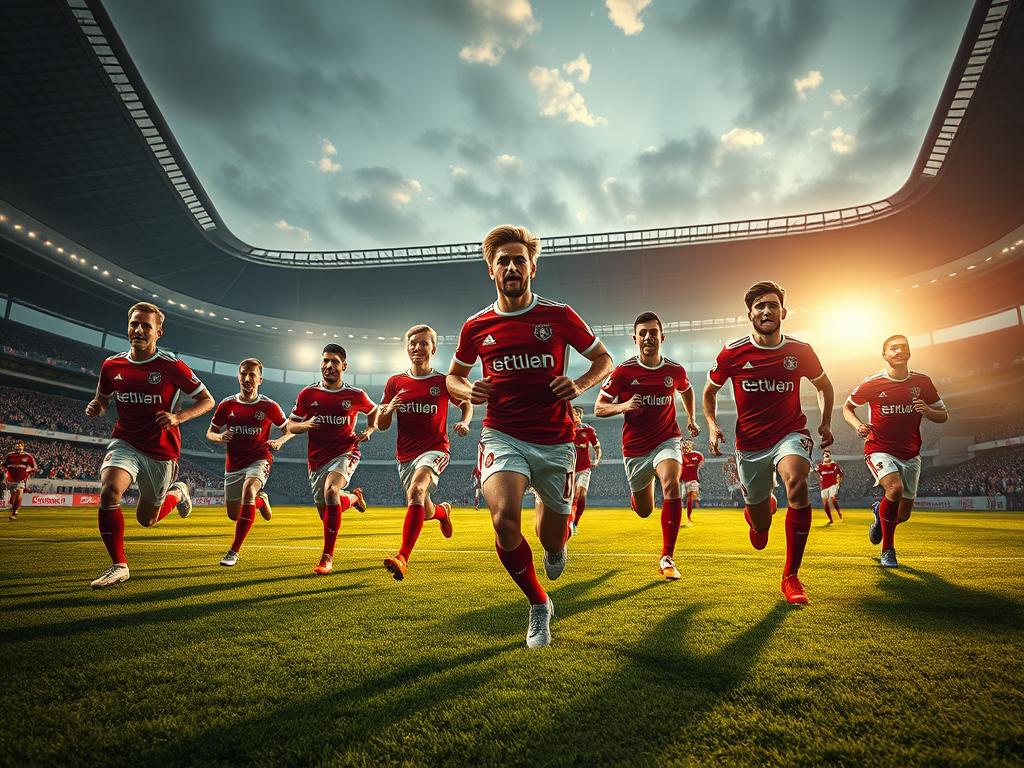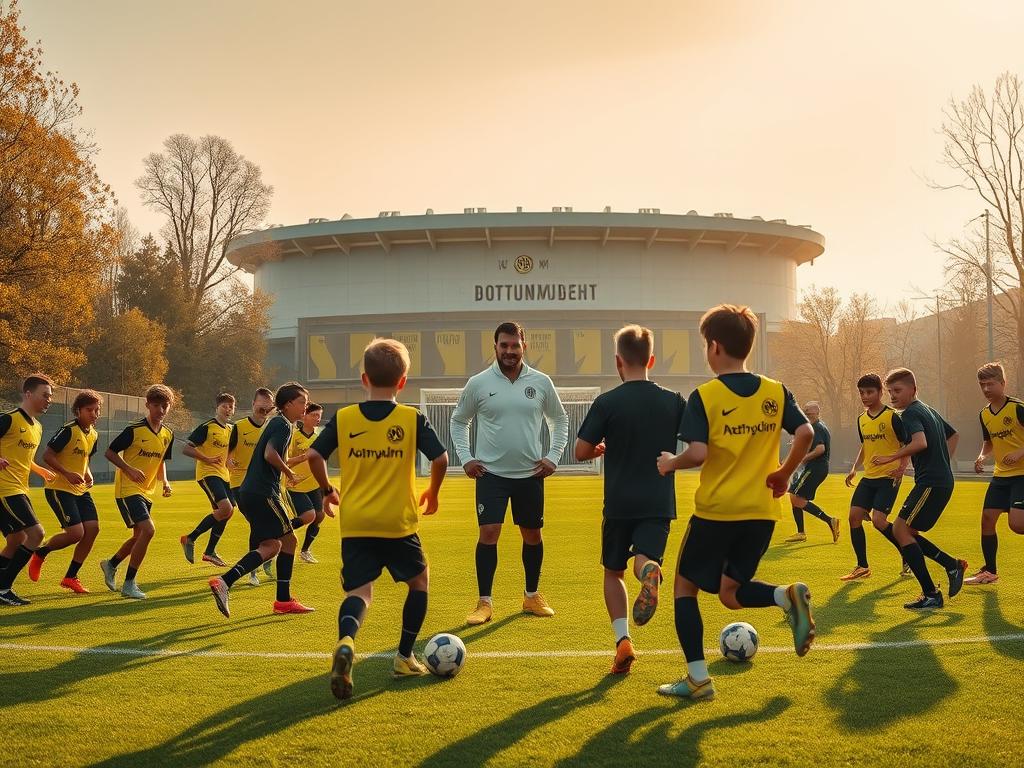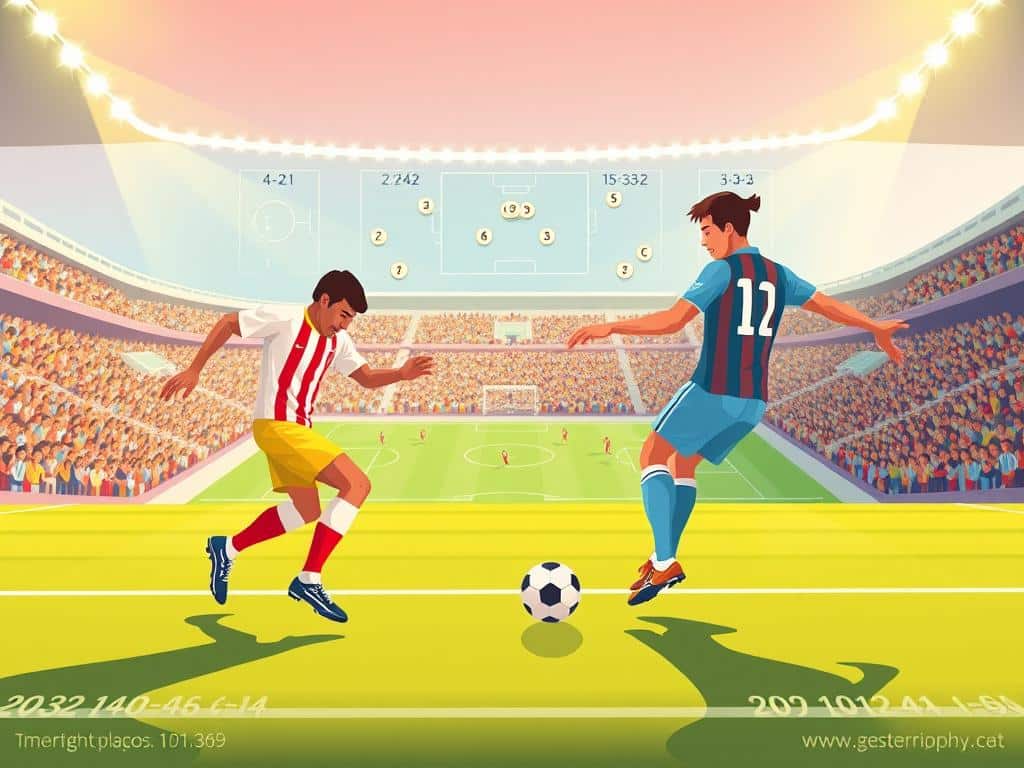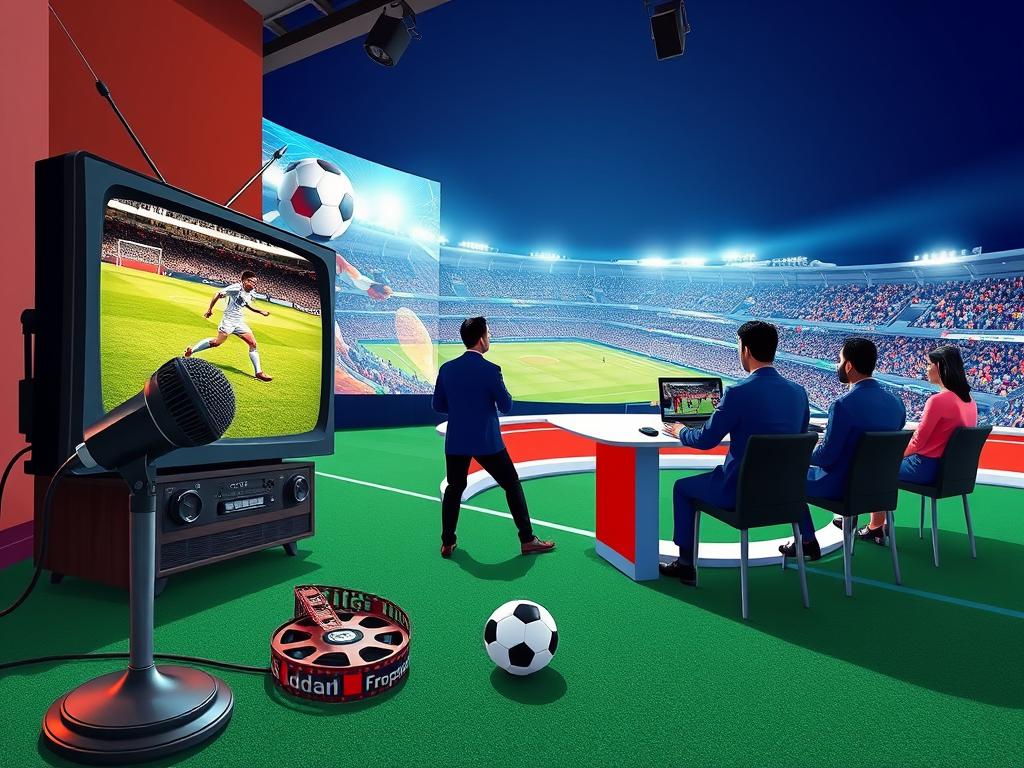Ever wondered how a small club from Germany’s fifth division became a Bundesliga powerhouse in less than a decade? RB Leipzig’s journey is one of the most fascinating stories in German football history. Founded in 2009, this club shattered expectations, climbing four leagues in just seven years.
Their rapid success wasn’t just luck—it was strategy. With smart investments and bold decisions, Leipzig redefined what a modern football club could achieve. But their rise also sparked debates, splitting fans between admiration and criticism.
From their first Champions League run to reviving East German football, Leipzig’s story is packed with drama, passion, and unforgettable moments. Ready to dive in?
1. Founding and Rapid Ascent: RB Leipzig’s Rise to Prominence
In 2009, a small German club’s fate changed forever with a single deal. Red Bull purchased SSV Markranstädt, a fifth-division team with 60 years of history, for just €350,000. Overnight, the club was reborn—with a new name, new colors, and a bold vision.
From Local Team to Bundesliga Sensation
The climb was staggering. By 2016, the club had leaped from Germany’s fourth division to the Bundesliga. Four back-to-back promotions in seven years defied all expectations.
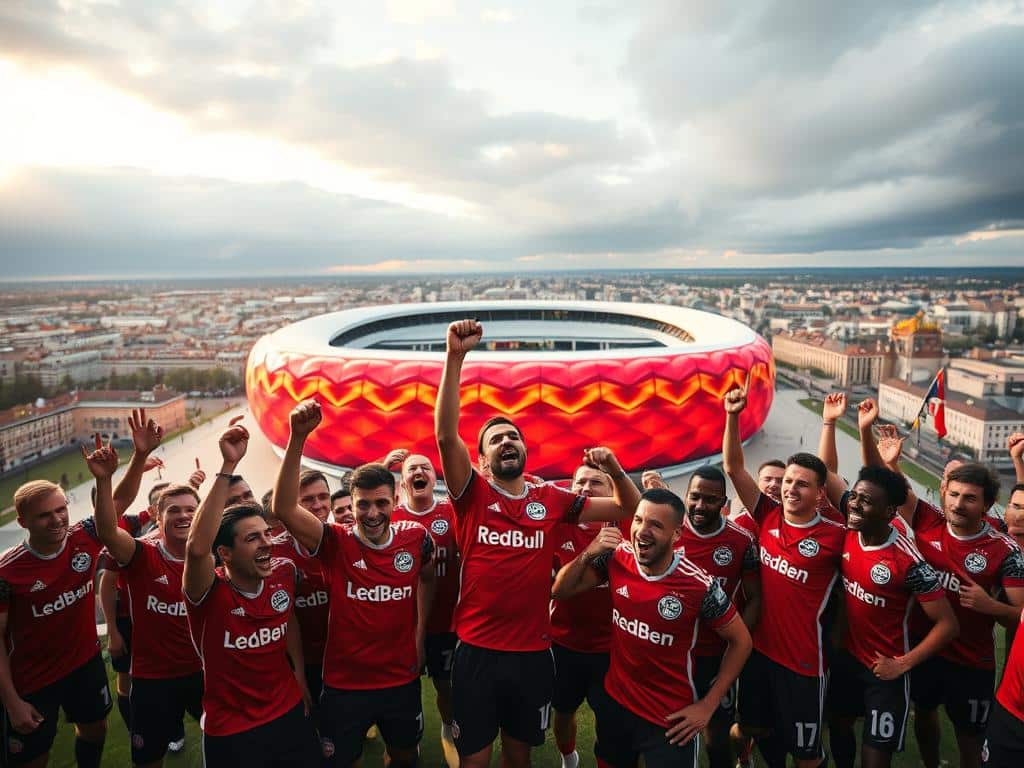
The Red Bull Blueprint
Red Bull’s strategy was ruthless. They bypassed traditional fan ownership by limiting membership to 17 employees. A £85m transfer budget turbocharged recruitment, blending young talent with savvy veterans.
Critics called it “sportswashing,” but fans celebrated the investment. By 2020, the club was competing in the Champions League—a far cry from their fourth division roots.
2. RB Leipzig and the 50+1 Rule Debate
German football’s traditional rules faced an unexpected challenger when RB Leipzig entered the scene. The 50+1 rule, designed to keep clubs fan-controlled, was pushed to its limits by Red Bull’s clever tactics.
Exploiting the Loophole: How Red Bull Retained Control
Red Bull’s strategy was simple but controversial. They set a €1,000 membership fee—compared to Dortmund’s €62—limiting voting members to just 17 employees. This gave fans a mere 0.01% power.
After the DFB forced them to expand to 800+ members in 2014, Red Bull still held the majority. Critics called it a mockery of the 50+1 rule.
Fan Backlash and the “Most Hated Club” Label
Opposition was fierce. Borussia Dortmund fans boycotted matches at Red Bull Arena, waving signs like “Football belongs to the people.” Even Bayern Munich supporters joined protests in 2021.
Accusations of being a “plastic club” clashed with pride in reviving East German football. The debate split the German football community.
Comparing Leipzig’s Model to Traditional German Clubs
Unlike Bayer Leverkusen (backed by pharmaceutical company Bayer), Leipzig’s ties to Red Bull were seen as purely commercial. Traditional clubs like Schalke or Hamburg prioritized fan ownership.
- RB Leipzig: Corporate-funded, rapid success.
- Traditional teams: Fan-owned, slower growth.
The clash reshaped how German football views ownership—and who holds the power.
3. Tactical Innovation and On-Field Dominance
What happens when a football club reinvents the game both on and off the pitch? RB Leipzig answered with a blend of high-octane tactics and a youth-centric approach. Their playing style—aggressive pressing and rapid transitions—left rivals scrambling.
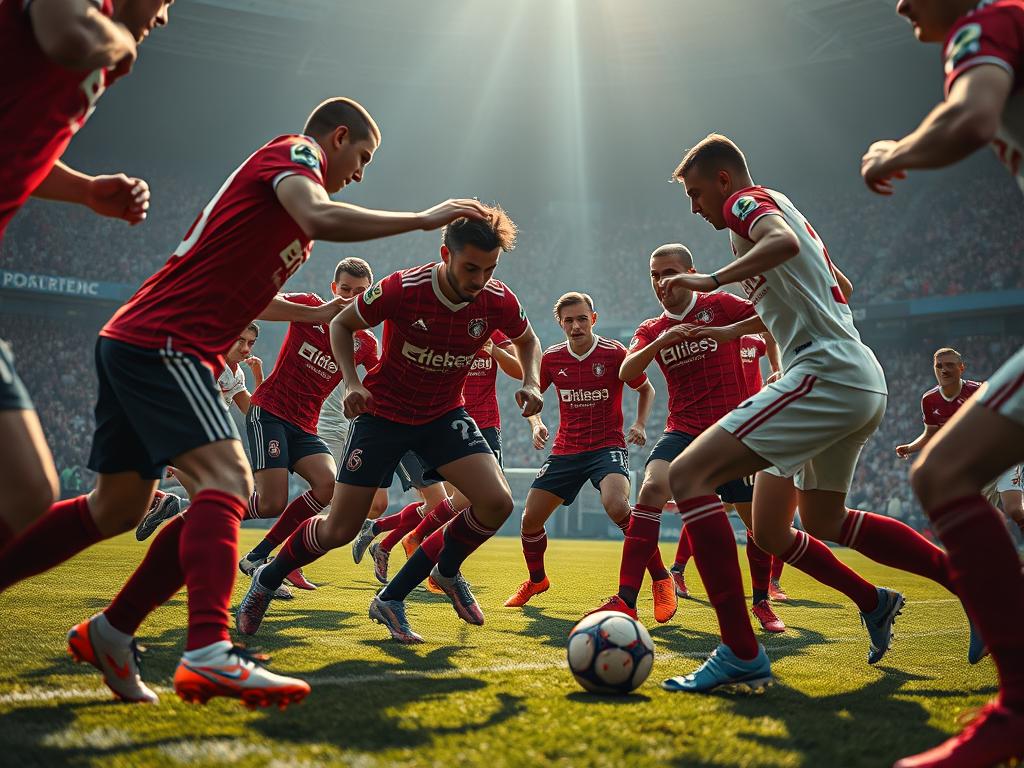
High-Pressing Style and Youth-Centric Recruitment
Julian Nagelsmann, then 28, transformed Leipzig into gegenpress masters. The team hunted the ball like a pack, winning it high up the pitch. This chaos created chances—fast.
Their secret? Scout gems early. Timo Werner (Stuttgart) and Josko Gvardiol (Dinamo Zagreb) were unearthed before superstardom. The Red Bull training complex became a success factory, outpacing Bundesliga rivals.
Landmark Achievements: Bundesliga Runners-Up to UCL Semis
In the 2016/17 season, Leipzig stunned Germany. They grabbed 67 points, finishing second only to Bayern. But their Champions League run in 2020 was legendary.
Tottenham crushed 4-0 on aggregate. Atlético Madrid outplayed. Though PSG ended the dream in the semis, Leipzig proved they belonged among Europe’s elite.
Notable Players Developed (Werner, Upamecano, Nkunku)
Leipzig’s knack for polishing rough diamonds is unmatched. Werner’s €53m move to Chelsea, Upamecano’s €42.5m Bayern transfer, and Nkunku’s €60m exit to Chelsea spotlight their success.
Why do Man City and Liverpool raid Leipzig? Simple: their players are drilled to excel under pressure. The team isn’t just built—it’s engineered.
4. RB Leipzig’s Legacy in Modern Football
Few clubs have shaken German football like RB Leipzig. Their 2022 DFB-Pokal win proved their success wasn’t just hype—it was history in the making. With €150m annual revenue and a squad where 75% are under 25, they’ve rewritten the rules.
The Red Bull influence is undeniable. Their Bull Arena, once a World Cup venue, now roars as a fortress. Traditional teams now mimic their data-driven scouting, proving Leipzig’s model works.
But can commercial drive coexist with fan culture? Leipzig walks this tightrope daily. Love them or hate them, their impact on football is unstoppable. For clubs like Newcastle, they’re the blueprint.

